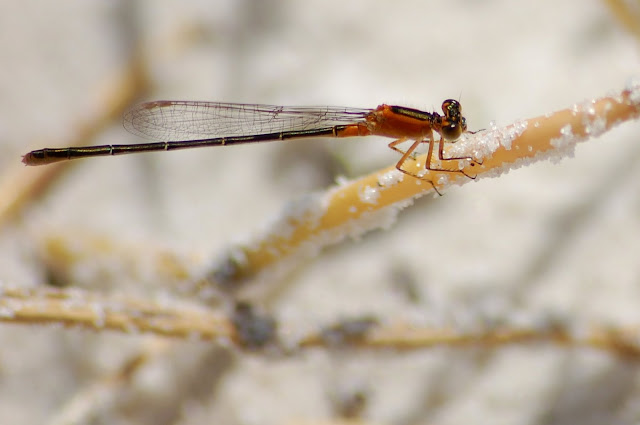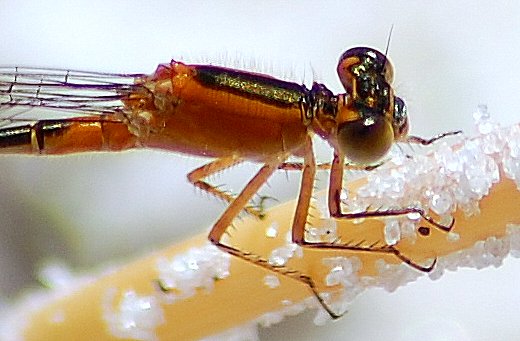Striking, beautiful, bizarre, fascinating.....all are adjectives used to describe Florida's iconic Roseate Spoonbill (Platalea ajaja).
The pink color of it's feathers is diet-derived, from carotinoid pigments.
Spoonbills wade through the shallows, swishing their spoon shaped bills from side to side...feeding on crustaceans, aquatic insects, frogs, newts and small fish.
Hunted almost to extinction by "plume hunters," spoonbills have made an impressive recovery. Feathers were worth $80 an ounce and Florida's birds were hunted unmercilessly.
Spoonbills are a neo-tropical species with the northern edge of their range in Mexico and Florida.
Florida's wading birds are indicator species for mercury contamination in the Everglades. In the last ten years this has improved thanks to better agricultural practices, protective regulations and accurate monitoring.
 |
| photo by Olivia Scott |
Good places to look for Roseate Spoonbills....Ding Darling National Wildlife Refuge, Myakka River State Park, and The Celery Fields in Sarasota.
 |
| photo by Olivia Scott Always something interesting to see in our "Natural Florida." |





















